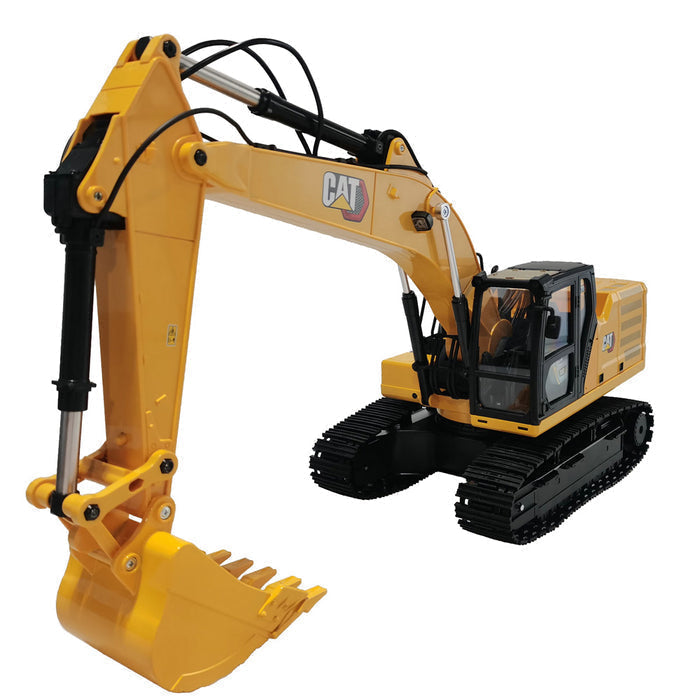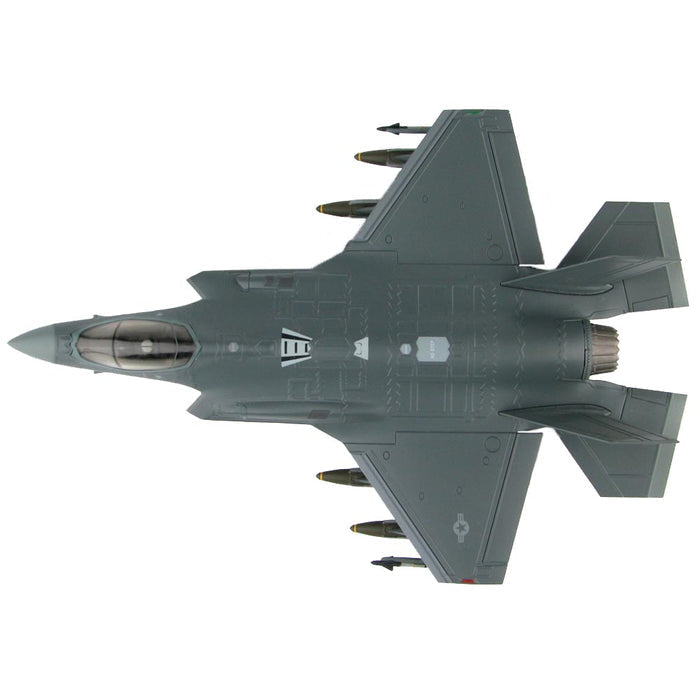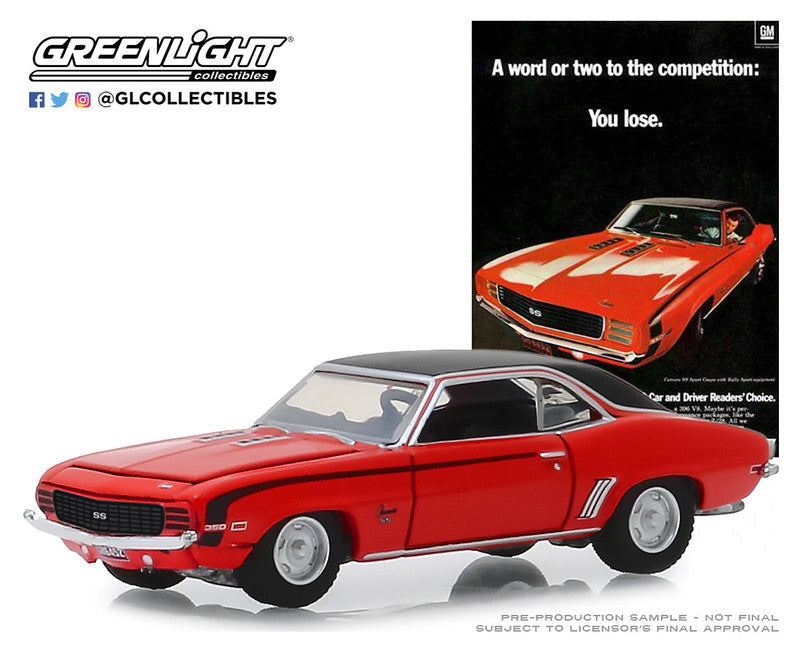All about Model Railroading
Model railroading is a popular hobby that involves the construction, operation, and customization of scale models of trains and their surrounding landscapes. It combines elements of engineering, craftsmanship, and artistic creativity. Model railroaders often build intricate layouts depicting realistic scenes and landscapes, including trains, buildings, landscapes, and even miniature people and vehicles.
Here are some key aspects and considerations in model railroading:
1. Scale: Model trains come in various scales, which represent the proportion of the model to the real-life train. The most popular scales include HO scale (1:87), N scale (1:160), and O scale (1:48). The scale you choose will determine the size and level of detail of your models.
2. Layout: The layout is the foundation of a model railroad. It is the arrangement of tracks, scenery, structures, and other elements. Layout designs can range from simple oval or figure-eight tracks to complex multi-level layouts with mountains, tunnels, bridges, and switching yards. The layout design should consider available space, track plans, and the desired theme or era.
3. Track and Trains: Model train tracks are available in various types, including flexible tracks and pre-formed tracks. They are made of materials like plastic or metal, and they come with different features such as curves, switches, and turnouts. Model trains can be powered by electricity (DC or DCC) or steam (live steam). They are available as ready-to-run models or as kits that require assembly.
4. Scenery and Structures: Creating realistic scenery is an essential part of model railroading. It involves adding terrain features like mountains, hills, rivers, and forests. Scenery materials include foam, plaster, paint, and ground cover. Structures such as buildings, stations, and industries add further detail to the layout and can be scratch-built or purchased as kits.
5. Electronics and Automation: Model railroading often incorporates electronics for various purposes. Digital Command Control (DCC) systems allow individual control of multiple trains on the same track. Signals, lights, and sound effects can also be added to enhance realism. Automation systems can control train movements, switch operations, and other functions.
6. Weathering and Detailing: Weathering is the process of adding wear and tear effects to model trains, tracks, and structures to make them look more realistic. Techniques include painting, airbrushing, dry brushing, and applying weathering powders. Detailing involves adding small-scale details like figures, vehicles, signs, and other accessories to bring scenes to life.
7. Community and Exhibitions: Model railroading enthusiasts often join local clubs or online communities to connect with fellow hobbyists, share ideas, and learn from each other. Exhibitions and shows provide opportunities to showcase layouts, share knowledge, and admire the work of others.
Remember, model railroading is a hobby that requires patience, planning, and ongoing learning. It offers a creative outlet and a way to explore and appreciate the world of trains, engineering, and craftsmanship in a miniature form.
Here are some key aspects and considerations in model railroading:
1. Scale: Model trains come in various scales, which represent the proportion of the model to the real-life train. The most popular scales include HO scale (1:87), N scale (1:160), and O scale (1:48). The scale you choose will determine the size and level of detail of your models.
2. Layout: The layout is the foundation of a model railroad. It is the arrangement of tracks, scenery, structures, and other elements. Layout designs can range from simple oval or figure-eight tracks to complex multi-level layouts with mountains, tunnels, bridges, and switching yards. The layout design should consider available space, track plans, and the desired theme or era.
3. Track and Trains: Model train tracks are available in various types, including flexible tracks and pre-formed tracks. They are made of materials like plastic or metal, and they come with different features such as curves, switches, and turnouts. Model trains can be powered by electricity (DC or DCC) or steam (live steam). They are available as ready-to-run models or as kits that require assembly.
4. Scenery and Structures: Creating realistic scenery is an essential part of model railroading. It involves adding terrain features like mountains, hills, rivers, and forests. Scenery materials include foam, plaster, paint, and ground cover. Structures such as buildings, stations, and industries add further detail to the layout and can be scratch-built or purchased as kits.
5. Electronics and Automation: Model railroading often incorporates electronics for various purposes. Digital Command Control (DCC) systems allow individual control of multiple trains on the same track. Signals, lights, and sound effects can also be added to enhance realism. Automation systems can control train movements, switch operations, and other functions.
6. Weathering and Detailing: Weathering is the process of adding wear and tear effects to model trains, tracks, and structures to make them look more realistic. Techniques include painting, airbrushing, dry brushing, and applying weathering powders. Detailing involves adding small-scale details like figures, vehicles, signs, and other accessories to bring scenes to life.
7. Community and Exhibitions: Model railroading enthusiasts often join local clubs or online communities to connect with fellow hobbyists, share ideas, and learn from each other. Exhibitions and shows provide opportunities to showcase layouts, share knowledge, and admire the work of others.
Remember, model railroading is a hobby that requires patience, planning, and ongoing learning. It offers a creative outlet and a way to explore and appreciate the world of trains, engineering, and craftsmanship in a miniature form.
1
/
of
3











